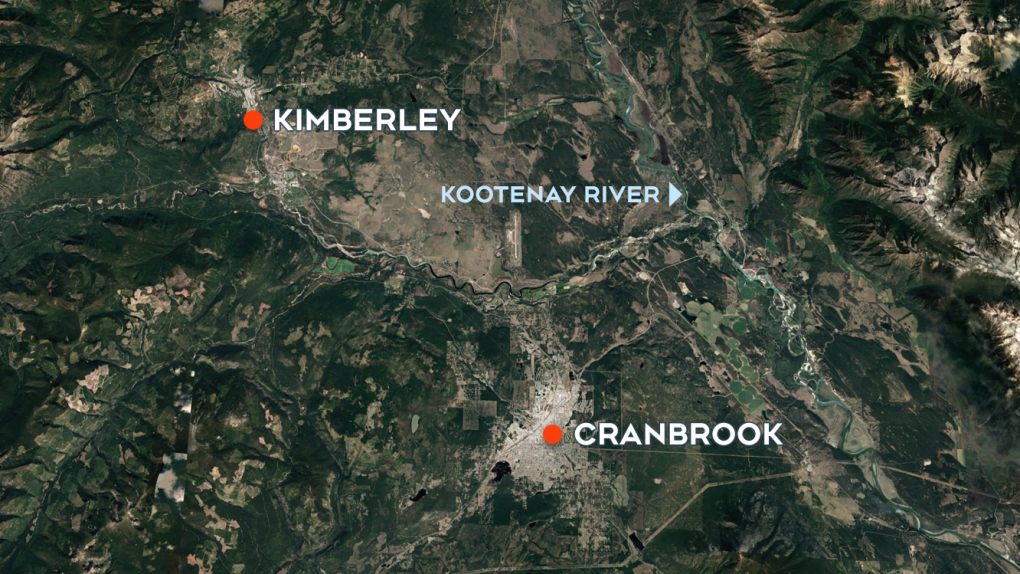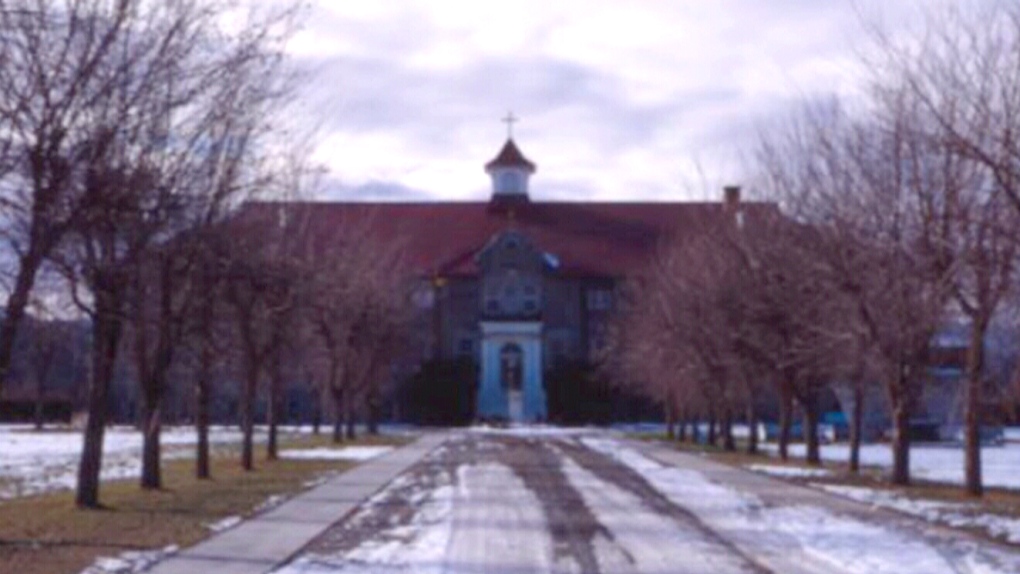Latest reports of unmarked graves lack important context says former Aqam chief
For a country coming to terms with a painful past, the announcement of 182 unmarked graves identified next to a former residential school was immediately horrific.
"Every time there's those words come out: 'unmarked grave,' people jump on it and think 'oh, it's got to do with the residential schools,'" says Sophie Pierre, who served as chief of the Aqam community for 26 years.
But she says the context of those people's remains is far more complicated than first reported. She says although well-intentioned, the reports were painful to her and many others in the small community just north of Cranbrook. It demonstrates the difficulty of coming to terms with the often horrifying history of the settler-Indigenous relationship.

"It says to me that I think Canadians are finally hearing it, because of course we've been saying this for decades," she says.
The site where the remains were located about 200 metres south of St Eugene Mission, a residential school that operated between 1912 and 1970. It's now a golf club and luxury resort operated by the Aqam band.
For nearly 60 years it housed about 150 indigenous children at a time.
The nearby site has been a graveyard for the small community since at least the mid-1800's, and for 25 years sat next to a regional hospital. Most if not all graves were marked with wooden headstones that have long since rotted away or been destroyed by grass fires.
"Including my grandmother and my grandfather - because they're buried in there and I don't know where their sites are because the crosses burnt down," Pierre recalls.
"I don't think there's any doubt that there are probably some children who went to school here and died and are buried in that graveyard, but it's not 182."
When replacing the fence around the community grave yard in 2019, an unmarked grave was accidentally disturbed.
"(We) realized we have to stop this and find out where all these sites are," she recalls.
A ground penetrating radar operator was called in to survey the site and locate as many remains as possible. Some were just a metre below the surface. The community is now working on its next steps to permanently mark the graves.
Last week news of the documented sites was shared with other bands of the Ktunaxa First Nation. On Wednesday Chief Jason Louie shared the news in a Facebook post, where he also spoke of the long-lasting pain caused by the Residential School System.
Chief Louie says about 100 of his community's members attended the school over the years.

STORY OF RESILIENCE
Like others across Canada, the residential school took Indigenous children between the ages of five and 15 years old. Their hair was cut. Their clothes were taken away. The food was different. The rich spirituality and society developed over at least 12,000 years taken away.
As a young girl of five or six, Pierre stood in its halls for her first day of school.
"I went here for nine years. So every time this comes out, it affects me personally," she says, becoming emotional. "I think 'dammit I'm not a victim! I'm not an eff-ing victim."
Speaking in front of the former school, her long time confidant and advisor Gwen Phillips recounts the story of a close relative who ran away one year, up and over the steep dry mountains and back to her community. The girl was caught, taken back to the school where Phillips says she was tied to a bed frame for two days and beaten.
A small statue and plaque sit in front of the vine-covered stone building, showing a boy and girl standing at attention.
After it closed in 1970, Pierre says the building fell into disrepair, sitting like an open wound in the middle of the community.
But around 1990, some of those children walked back into the former school with a purpose.
"Our elder told us that - Mary Paul was her name - she told us that if thought we had lost so much in that school - which we did - to go back in there and get it," Pierre recalls.
The community learned to cut glass and perform repairs to the stonework, transforming the building. In 2000 it opened as an upscale resort. The place that had for so long crushed pride and spirit was now starting to give it back.
Pierre says the community is proud of the beautiful building and its comfortable amenities. In some ways, it has also become a school again, an accessible way to learn both truth and reconciliation.
"You want to learn how and you want to learn the real truth? Come here to St Eugene's and we'll help you learn that."
CTVNews.ca Top Stories

opinion Tom Mulcair: Prime Minister Justin Trudeau's train wreck of a final act
In his latest column for CTVNews.ca, former NDP leader and political analyst Tom Mulcair puts a spotlight on the 'spectacular failure' of Prime Minister Justin Trudeau's final act on the political stage.
B.C. mayor gets calls from across Canada about 'crazy' plan to recruit doctors
A British Columbia community's "out-of-the-box" plan to ease its family doctor shortage by hiring physicians as city employees is sparking interest from across Canada, says Colwood Mayor Doug Kobayashi.
'There’s no support': Domestic abuse survivor shares difficulties leaving her relationship
An Edmonton woman who tried to flee an abusive relationship ended up back where she started in part due to a lack of shelter space.
opinion King Charles' Christmas: Who's in and who's out this year?
Christmas 2024 is set to be a Christmas like no other for the Royal Family, says royal commentator Afua Hagan. King Charles III has initiated the most important and significant transformation of royal Christmas celebrations in decades.
Baseball Hall of Famer Rickey Henderson dead at 65, reports say
Rickey Henderson, a Baseball Hall of Famer and Major League Baseball’s all-time stolen bases leader, is dead at 65, according to multiple reports.
Arizona third-grader saves choking friend
An Arizona third-grader is being recognized by his local fire department after saving a friend from choking.
Germans mourn the 5 killed and 200 injured in the apparent attack on a Christmas market
Germans on Saturday mourned the victims of an apparent attack in which authorities say a doctor drove into a busy outdoor Christmas market, killing five people, injuring 200 others and shaking the public’s sense of security at what would otherwise be a time of joy.
Blake Lively accuses 'It Ends With Us' director Justin Baldoni of harassment and smear campaign
Blake Lively has accused her 'It Ends With Us' director and co-star Justin Baldoni of sexual harassment on the set of the movie and a subsequent effort to “destroy' her reputation in a legal complaint.
Oysters distributed in B.C., Alberta, Ontario recalled for norovirus contamination
The Canadian Food Inspection Agency has issued a recall due to possible norovirus contamination of certain oysters distributed in British Columbia, Alberta and Ontario.

































